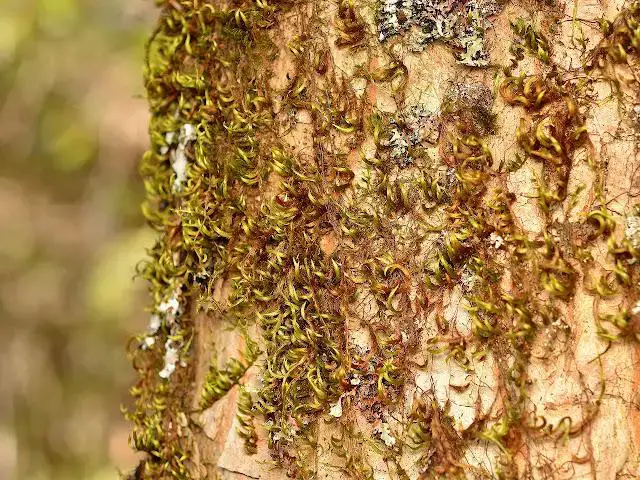
risugoke201126_1.jpg from: https://soyokaze2jp.blogspot.com/2020/12/blog-post_4.html
Discovering the Wonders of Dozya japonica Sande Lac. Moss
Introduction
Mosses are fascinating yet often overlooked members of the plant kingdom. Today, we’ll shine a spotlight on a particularly intriguing species –
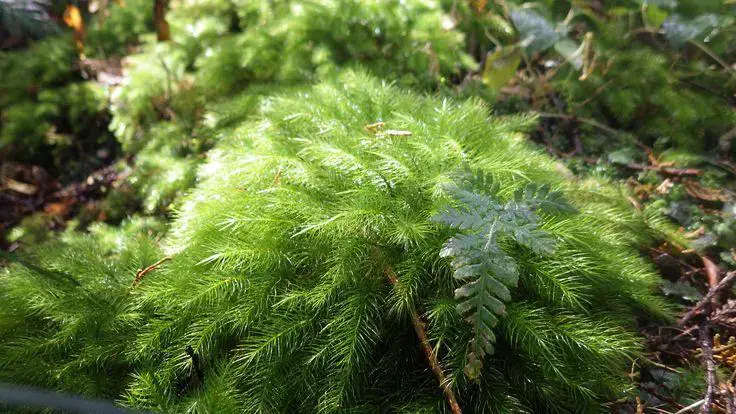
9cc2ae4fae08eeacbd634ec047f18a66–manuel.jpg from: https://www.pinterest.com/pin/171488698292635310/
Dozya japonica Sande Lac., commonly known as Dozya moss. This captivating moss belongs to the
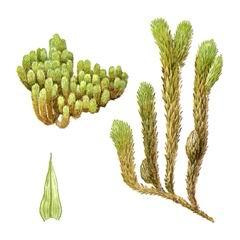
477.jpg from: https://www.calc.ru/krasnaya-kniga/Doziya-Yaponskaya.html
Leucodontaceae family and holds many surprises. Let’s embark on a journey to uncover the wonders of Dozya japonica Sande Lac.!
Background
Dozya japonica Sande Lac. is a species of moss classified under the Bryophyta division and Bryopsida class. The Leucodontaceae family to which it belongs contains around 150 species worldwide. Dozya moss gets its species name “japonica” from being first described in Japan.
Morphology and Identification
Dozya japonica forms dense mats with a distinctive appearance. The stems are creeping and irregularly branched, reaching 2-5 cm long. Leaves are ovate-lanceolate, 1-2 mm long, with a costa extending 1/2 to 2/3 up the leaf. The leaf margins are entire and the cells are smooth. Sporophytes are rare but have an erect capsule on a seta when present.
Global Distribution and Habitat
This moss demonstrates a scattered distribution across parts of Asia, including Japan, Korea, China and the Russian Far East. It grows on tree trunks and branches in temperate forests, typically in mountainous areas at elevations of 500-1500 meters. Dozya favors partially shaded, humid environments.
Ecological Roles and Adaptations
As an epiphytic moss, Dozya japonica plays important roles in its forest ecosystems:
- Provides
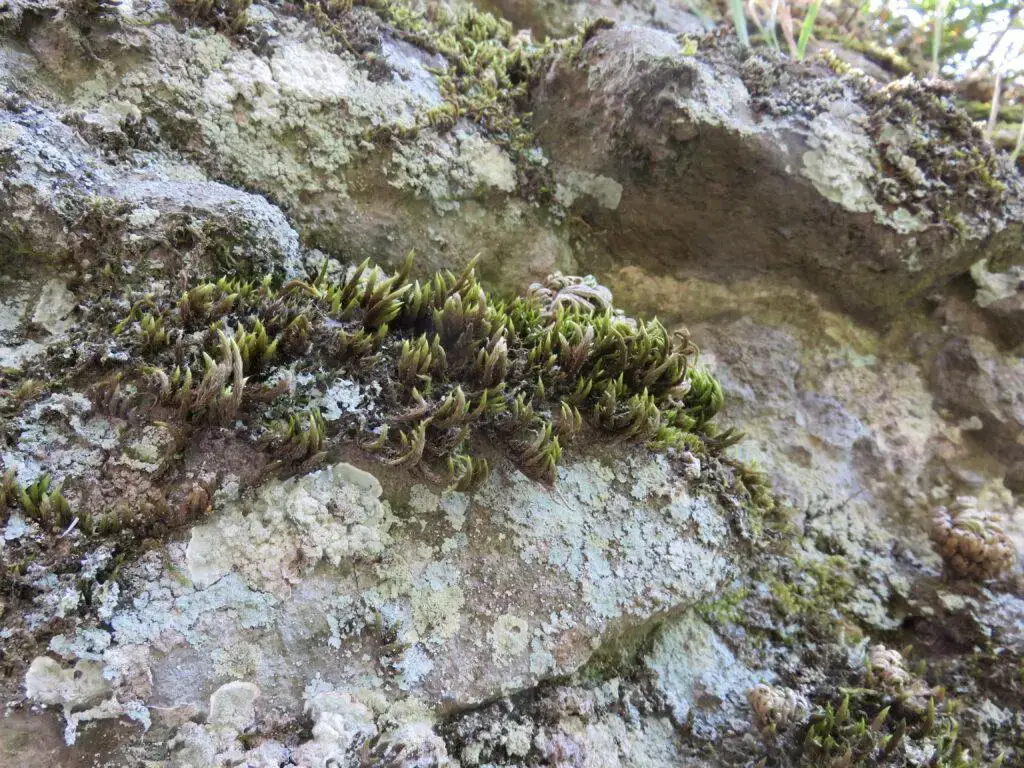
27c2fa116e5ad20597f4ad4fe83120e6-1024×768.jpg from: https://www.rdb-oita.jp/data/9987/
microhabitats
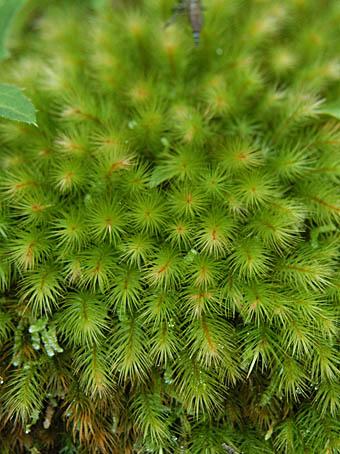
hinokigoke.jpg from: https://mikawanoyasou.org/koke/hinokigoke.htm
for invertebrates
- Helps regulate moisture and nutrient cycling
- Sensitive indicator of air quality and environmental changes
Dozya has adapted to thrive in its niche:
- Tolerance of periodic drying on tree surfaces
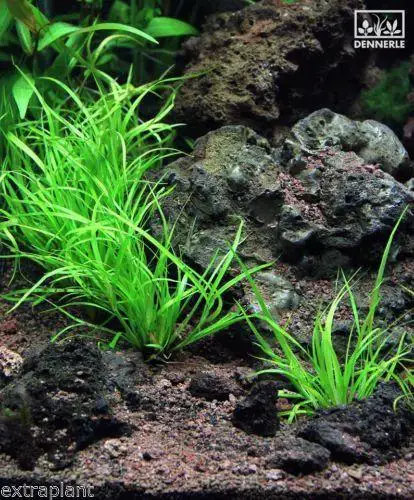
b58b0bd49561c955239c60dc5f04687e.jpg from: https://www.pinterest.com/pin/456411743467919611/
- Efficient water and nutrient uptake structures
- Asexual reproduction via fragmentation when conditions are unfavorable for sporophytes
0*Zd_i65Fbc0B-Il9F from: https://medium.com/japonica-publication/relieve-your-stress-with-a-moss-walk-in-aomori-af5ada2f1a5
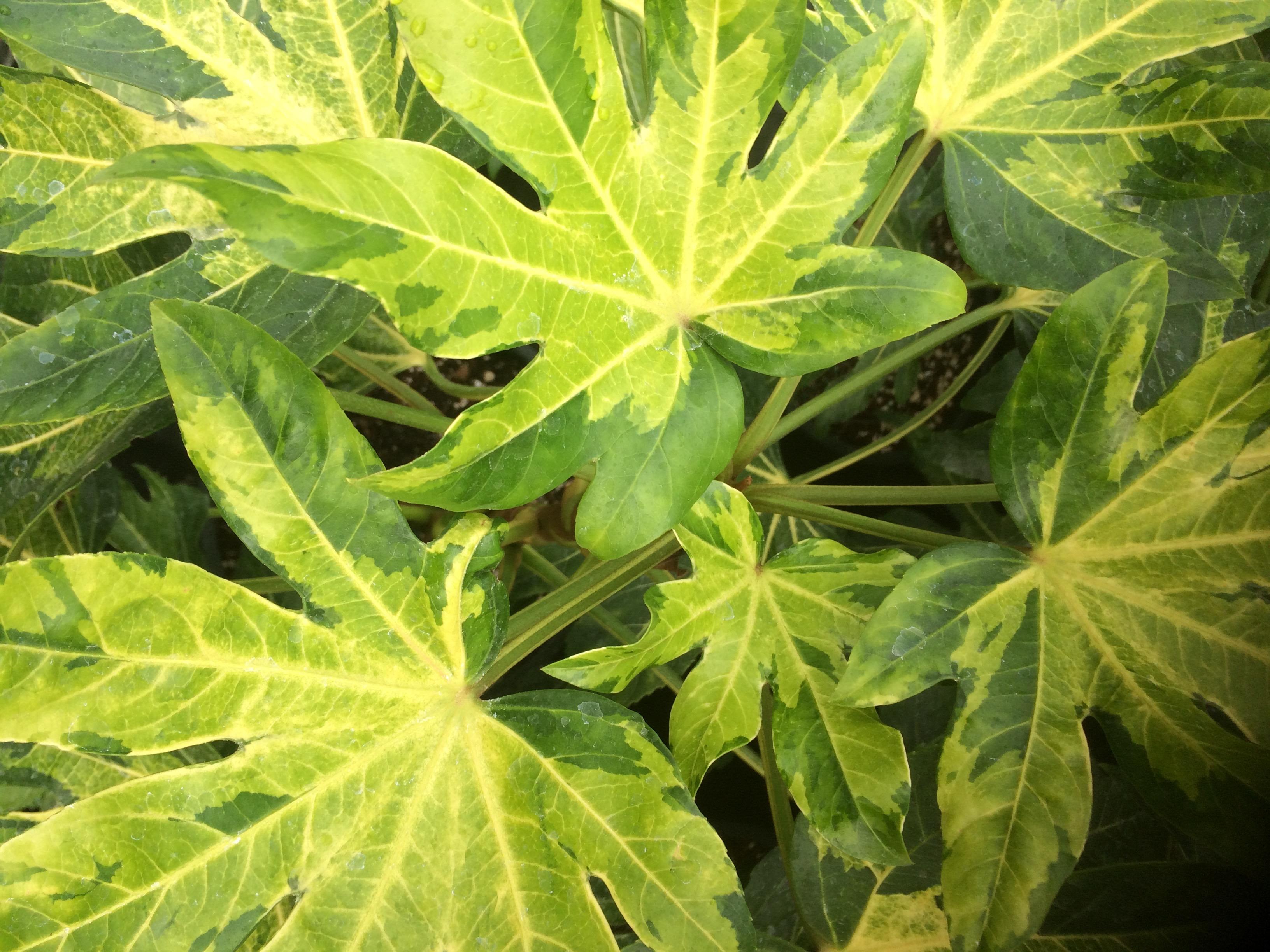
Fatsia-japonica-Murakamo-Nishiki.jpg from: https://xeraplants.com/plants/fatsia-japonica-murakamo-nishiki/
| Characteristic | Description |
|---|---|
| Family | Leucodontaceae |
| Genus | Dozya |
| Species | D. japonica Sande Lac. |
| Stem | Creeping, irregularly branched, 2-5 cm long |
| Leaves | Ovate-lanceolate, 1-2 mm long, costa 1/2-2/3 leaf length, entire margins, smooth cells |
| Sporophyte | Rare, erect capsule on seta when present |
| Habitat | Tree trunks and branches in temperate montane forests |
| Distribution | Scattered in Asia – Japan, Korea, China, Russian Far East |
| Elevation | 500-1500 meters |
Ecology
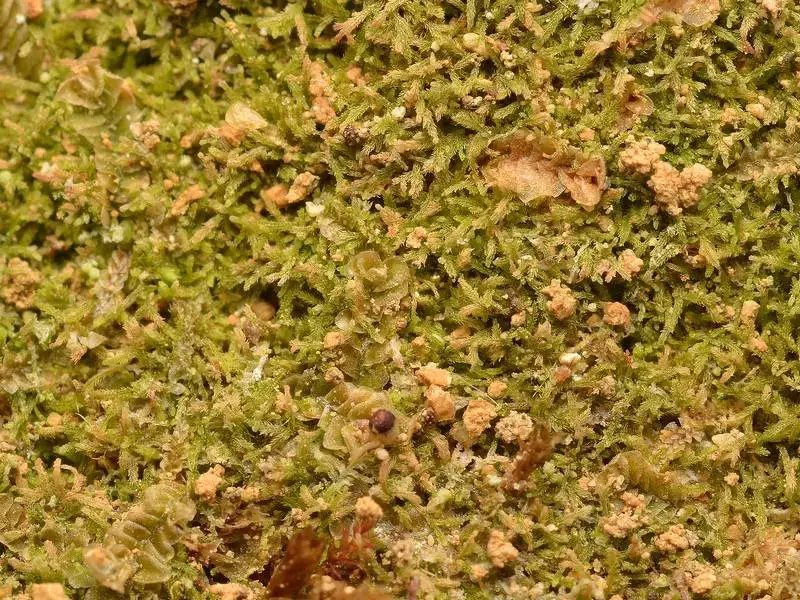 togarisugibagoke170326_1.jpg from: https://soyokaze2jp.blogspot.com/2017/03/blog-post_29.html |
Epiphytic, provides microhabitats, sensitive environmental indicator |
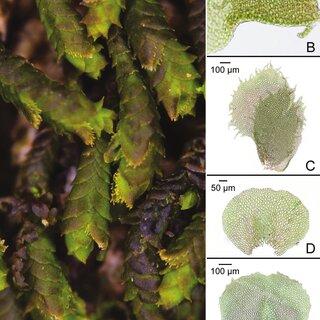
0.jpg from: https://plant.depo.msu.ru/open/public/item/MW9037086
Conclusion
From its intricate structure to its ecological significance, Dozya japonica Sande Lac. moss reminds us that even the most unassuming organisms hold fascinating stories. As we’ve seen, this small but mighty moss is intricately tied to the environments in which it lives. How many other marvelous mosses and bryophytes remain to be explored and appreciated? The world of Dozya invites us to take a closer look at the miniature marvels living all around us.